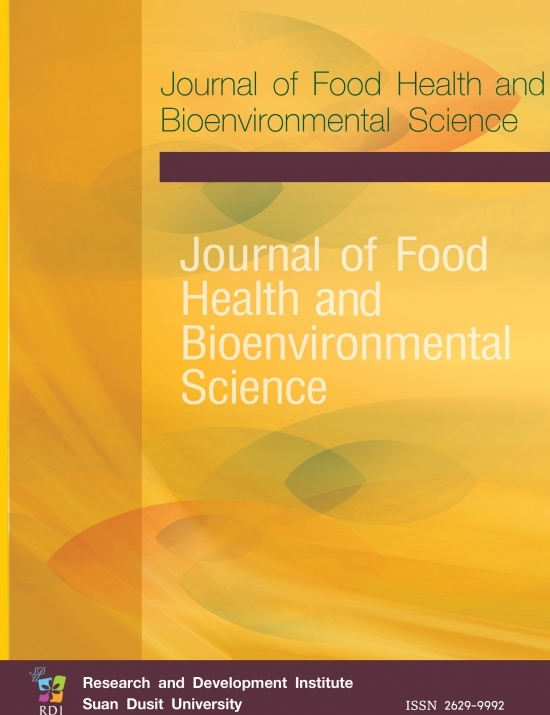Application of Life Cycle Assessment to Assess Impact of Lamtakong Basin’s Land Management
Keywords:
Lamtakong Basin, Life Cycle Assessment, Sustainable, Landuse PlanningAbstract
This study has adopted the life cycle assessment concept to determine the
impact of land use management. The Lamtakong basin, which offers a variety of land use,
was selected as the study area. The Rai was as the selected functional unit. The study
collected life cycle inventory data form 42 land-use areas that cover Lamtakong basin’s
land use activities. Assessment of the life cycle impacts of the basin in 1995, 2001, 2011
and 2015was done by Simapro software and the Recipe method. It was found that the
land use is still largely for cassava plantation, forest area, paddy, maize and sugar cane,
respectively. By the year 2015, compared to 2011, agricultural area and wilderness areas
had decreased about 3.88 and 25 percent while forest, urban and industrial areas
increased about 11, 34 and 155 percent. For the mid-point impact of land use of one Rai,
beverage plant, had the highest effect by the pig farms and urban area. The midpoint
impacts of the Lamtakong basin in 1995, 2001 and 2011 increased. In 2015, the impact of
greenhouse gas emissions was 120 million ton CO2 eq, a decrease from 2011 of about
3.23 percent. Ozone depletion was 46.90 ton CFC-11 eq, a decrease of about 8.75
percent. Terrestrial acidification was 612 million kg SO2 eq, an increase of about 5.15
percent. Freshwater eutrophication was 2.63 million kg P eq, an increase of 8.68 percent.
Human toxicity was 3.42 million ton 1,4-DB eq, an increase of 7.21 percent and particulate
matter was 184 million kg PM10 eq, an increase of 3.37 percent.








